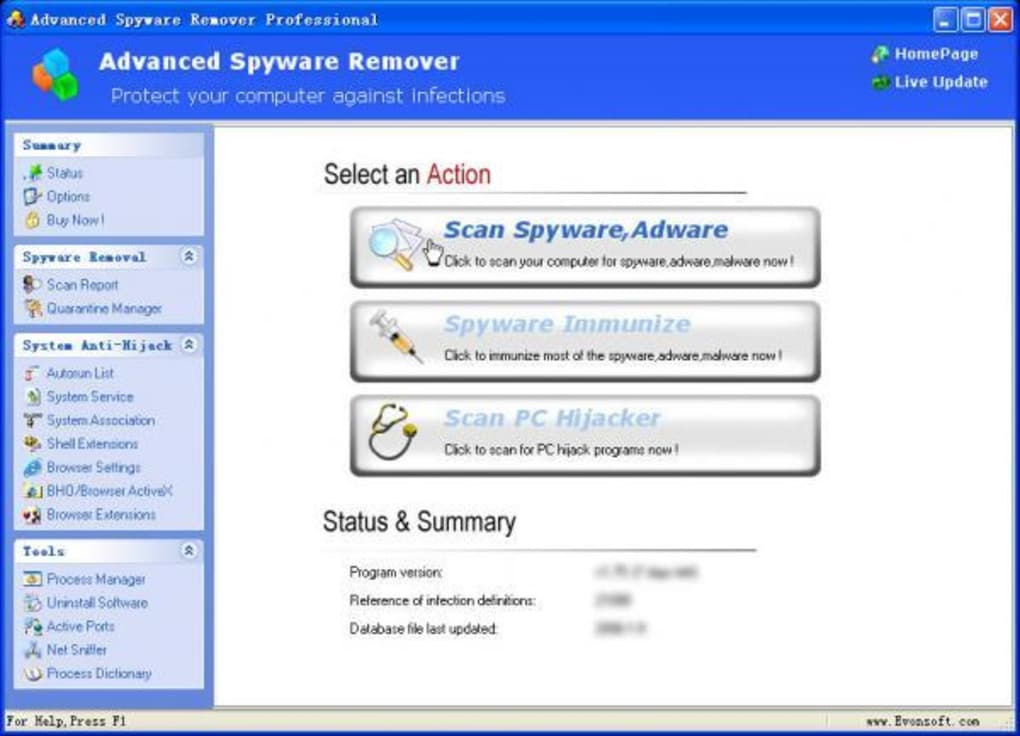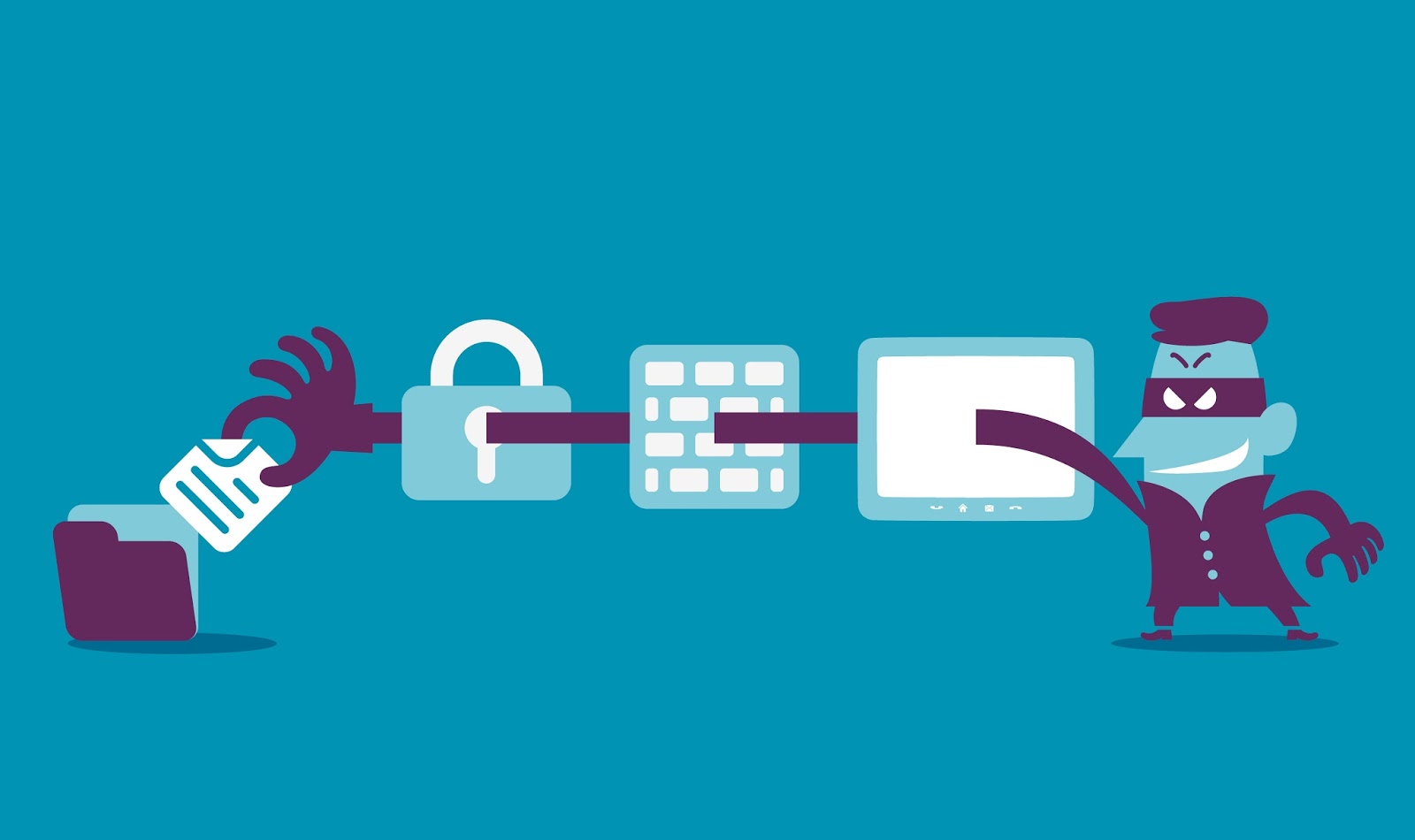
The rest of this article is dedicated to answering those questions in a short, concise, and easily understandable way.

Where did the infection occur? How to determine if your computer is infected with malware? What type of malware-infected the machine in question? And only then, how to remove the malware? As with medicine, a whole host of questions need answering before treatment can successfully occur. Whether it is an infected computer, mobile phone, network server, or even a smart TV, the answer to this question has become significantly more complex. Rather, the big question to be asked is how to mediate infection and ultimately remove the offending piece of malware? What does this mean to the average user base which has increased exponentially over the last 20 years? Very little if honest, while creating a malware family tree of sorts where malware can be broadly classified, the average person and even the biggest corporation can be turned into a malware victim just like some were victims of a computer virus. The numerous threats posed by numerous malware strains could now be classified under an umbrella term making it easier to convey important safety measures.

It was deemed more appropriate by the InfoSec community to call all types of malicious software, malware which included viruses as well as a host of other strains of malware that had been discovered by this stage. Over the years the term computer virus lost its meaning as “computer viruses” were discovered that did not propagate from computer to computer.

Malicious code which was designed to propagate from computer to computer, similar to the way a viral infection spreads from person to person, gave such code its name of computer virus. Encountering malware is a threat faced by anyone with a device that connects to the Internet in some form or the other.


 0 kommentar(er)
0 kommentar(er)
